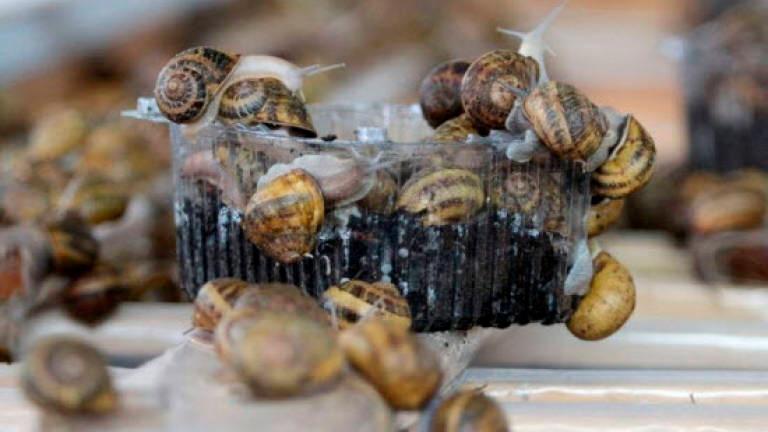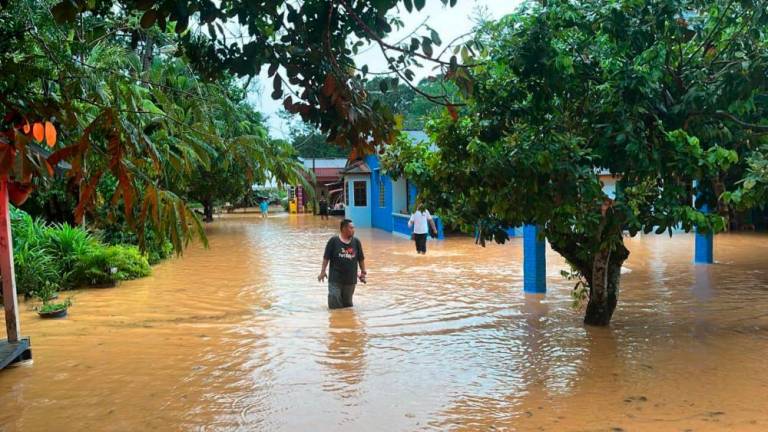KUALA TERENGGANU: The uncertain weather and oceanographic changes are among factors for the abundant presence of sea snails at Pantai Rusila near Kampung Rhu Dua, in Marang here, a few days ago.
A senior lecturer and malacologist at the Faculty of Marine Sciences & Environment, Universiti Malaysia Terengganu, Dr Nursalwa Baharuddin said the strong waves caused by the Northeast Monsoon caused water turmoil from top to bottom.
“This phenomenon makes the adult snails to congregate in order to increase reproduction and survival in their population.
“Apart from that, a resilient generation will be produced to return to the habitat. Through this phenomenon also, the snails can explore new areas to find food sources,“ he said when contacted by Bernama today.
Yesterday, Bernama reported that the beach was lively with locals arriving there to watch the sea snails, said to be seen last about 50 years ago.
Nursalwa said the snail, scientifically known as ‘Margistrombus marginatus’, measures between four to eight centimetres long.
“These snails are mostly found in the Andaman Sea, south India, the Melaka Strait and South China Sea. Research by my team in the waters of Pulau Bidong in 2018 also records the existence of the species there.
“It is widely found in areas where there is seaweed and on sandy and silty seabed. It ‘reappears’ after decades due to strong waves and oceanographic changes that have occurred lately,“ she said.
She said the snail can be eaten. It is high in protein, as well as cholesterol.
It is advisable for the snails to be soaked in salt water overnight to remove the slime, dirt and sand before it is boiled and cooked, she added.
Nursalwa said following studies done by nutritionists in Indonesia, the people in the Riau Islands and Batam, where the snails are found in abundance, are advised to limit eating the snails only once or twice a week and in small quantities.
She said snails that are small or less than four cm in size should be released back to the sea to allow it to survive, as well as ensuring the food chain for the sustainability of the marine ecosystem. -Bernama













